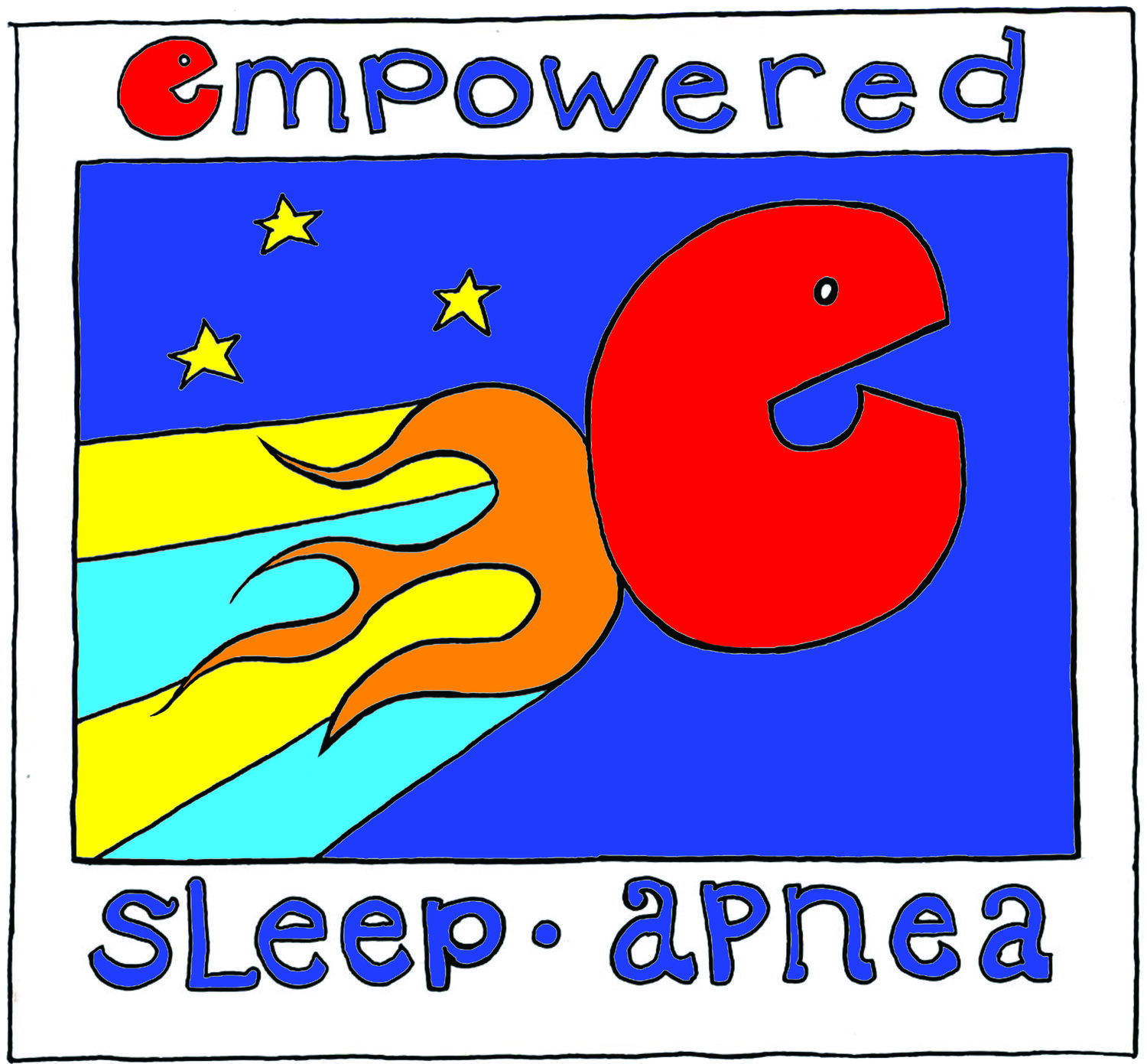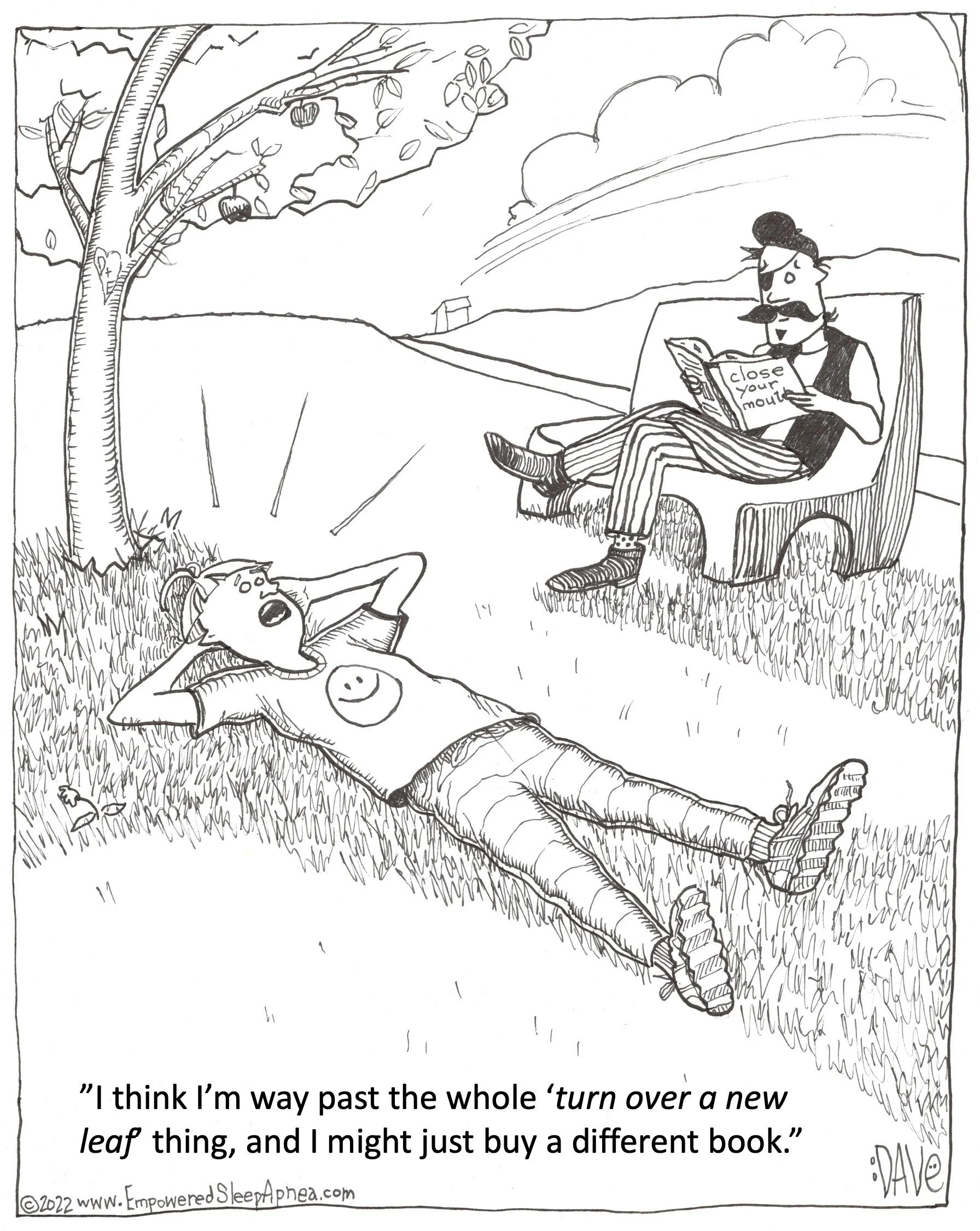Navigating the COMPLEX in Sleep Apnea: From “Balloons and Mountains and Crows” to EMPOWERMENT
By David E McCarty MD FAASM (but you can call me Dave)
19 May 2025
~ ~ ~ ~ ~
Hey there, Life-Fans! Dr. Dave here! :) Grab a mug of dark roast, settle into your hammock aboard our Beautiful Blue Balloon…today I wanna embark on a high-flying meditation about complexity—specifically the difference between the complicated and the complex, why it matters, and how it relates to that vast leviathan we all walk around calling “Sleep Apnea.”
Because, yeah. It turns out that managing Sleep Apnea isn’t like fixing a toaster. It’s more like navigating a hot-air balloon over a wild archipelago with shifting winds, guided only by stories, stars, and the occasional crow.
Let me explain.
Just like crows teaching crows…
Complicated ≠ Complex: A Dave Snowden Field Guide
Our story begins with a Welshman named Dave Snowden—not that WikiLeaks whistleblower guy, but the organizational theory rockstar who gave us the Cynefin Framework. Snowden’s gift to the world was helping people realize that not all problems are created equal.
Some are complicated, like building a rocket or diagnosing a rare tropical parasite. They can be gnarly and technical, yes, but if you have enough time, expertise, and flowcharts, you can usually sort them out. It’s an expert-driven realm. Think “plan, analyze, execute.”
But then there’s complex.
Complex problems can’t be solved by just throwing expertise at them. These problems are emergent, messy, and relational. Think ecosystems, economies, raising teenagers—or managing chronic health conditions like Sleep Apnea. In the complex domain, the solution isn’t known ahead of time. You don’t build a solution. You grow it.
Snowden, in his work with IBM, faced this firsthand when traditional top-down “knowledge management” initiatives fizzled. He flipped the system. Instead of dictating what should be known, he built narrative databases—fields of raw stories from the front lines—and trained the system to sense the meaning within them. He created a feedback loop of learning. A “probe, sense, respond” strategy emerged: try something small, see what happens, scale the stuff that works.
Turns out, that's not just a business strategy. It's a strategy for living.
A Blue Balloon walks into Big Blue…
A Tale of Two Strategies: Top-Down vs Field-Engineered
Let’s cast off in our Beautiful Blue Balloon…and rewind to the early 2000s, deep inside the blue-lit cubicles of “Big Blue”—-IBM. The company had launched a classic top-down knowledge system: folders, protocols, taxonomies—a digital Tower of Babel. But it didn’t stick. The folks in the trenches weren’t using it. Why? Because it didn’t match the way humans actually think, work, and solve problems.
Snowden introduced narrative capture instead. Real-world stories, chaos and all. They weren’t squeaky-clean case studies—they were messy, emotional, granular tales. And from that compost, actual learning grew. Patterns emerged. Decisions improved.
That’s when complexity management took root as a practice. Don’t tell people what to do—help them make sense of what’s happening.
Different solutions require different thinking…
“STORIES FROM THE FIELD”: When Art Imitates Complexity Science
Here’s the twist: I didn’t even know who Dave Snowden was when Ellen and I began sketching out Empowered Sleep Apnea. I wasn’t riffing off his work—I was just trying to survive the storm of real-world medicine.
I wanted to help patients find their way.
So I invented a world: The Isle of Sleep Apnea (get it? It’s a Dad Joke! I LOVE SLEEP APNEA! Tee-hee!). I built allegorical tools: The Bay of Narrative…the trail of Vocabulary…the Five Reasons to Treat Monument (and COFFEE HUT!). I created original songs, poetry, and small one-act plays. A lighthouse of whimsy to help people navigate complexity without needing a PhD in biophysics.
And that was just SEASON ONE!
And then we made SEASON TWO of the podcast—the one titled STORIES FROM THE FIELD. And would you believe it? That’s literally what Snowden did at IBM.
He built a database of stories from the field.
Real stories. Not textbook-perfect. Not algorithmically sanitized. Messy. Real. Human.
Kind of like… our episode about Sam, and how a wide-range APAP strategy prematurely got him switched to a big clunky oronasal interface. Or the story of Joan, the logger’s wife whose TMJ pain was caused by airway problems. Or Gramma Suzanne, whose CPAP literally made air come out of her eyeballs, forcing a dialogue about RISK.
These aren’t just stories. They’re navigational aids. They’re crows teaching crows.
CPAP Compliance: When Algorithms Meet Human Frailty
Here’s a stat to wrinkle your forehead: CPAP adherence hovers between 30–60%. That’s not “Oh, we should do better.” That’s catastrophic. It’s a signal, screaming from the data, that our algorithmic management strategy—diagnose, prescribe, compliance-check—isn’t cutting it.
Why? Because top-down protocols don’t work well in complexity. You can’t solve a mystery with a hammer.
In one of my favorite episodes, “SHREVEPORT,” we tell the story of Wendy, a patient with catastrophic nightmares who very easily could have been “labelled” with PTSD and was about to be handed prazosin. But instead of jumping to a diagnosis, we used the Five Finger Approach—our favorite complexity-navigator—and uncovered a drug interaction that had never been published before. When she stopped her Valcyclovir, the nightmares vanished. Her life turned around.
You know what that is?
That’s probe, sense, respond.
That’s complexity management.
Empowered Sleep Apnea: A Tool for the Complex Terrain
This isn’t a textbook. It’s a navigational system.
It’s not a linear flowchart—it’s a lantern.
The Beautiful Blue Book, our sweet PODCAST, the cartoons, our Peter-Pan map of the ISLE—all of this is designed to make complexity visible, graspable, and yes, even joyful. For patients. For providers. For everyone.
We teach patients to think like complexity managers. We hand them the mic. We help them chart their own course.
We trade the tyranny of templates for the power of story.
We build a collaboration of crows.
…a souvenir postcard from the future of Sleep Medicine…
Final Thoughts: To the Edge of the Map
In the final minutes of The Tale of Three Faces, orthodontist Dr. Bill Hang gives us a truth so few are willing to say out loud: “Don’t let your education get in the way of your learning.”
That’s the spirit that fuels Empowered Sleep Apnea.
Snowden might call it “narrative sensing.” General Stanely McChrystal (whom I’ve written about before in this blog) might call it “shared consciousness.” I just call it being human. Listening. Responding. Evolving.
Sleep Apnea isn’t just a label and a pressure number. It’s not just a diagnosis. It’s a sprawling, complex ecosystem of physiology, psychology, lifestyle, history, and…dare I speak the word?....hope.
So: let’s give it the respect it deserves.
Let’s float this balloon high above the Isle, watch the clouds shift, listen to the crows, and tell the stories that help us all find our way.
Excelsior!
Dave
David E McCarty, MD FAASM
Boulder CO, 19 May 2025
Recommended Reading:
Snowden, D. J., & Boone, M. E. (2007). A leader’s framework for decision making. Harvard Business Review, 85(11), 68–76.





